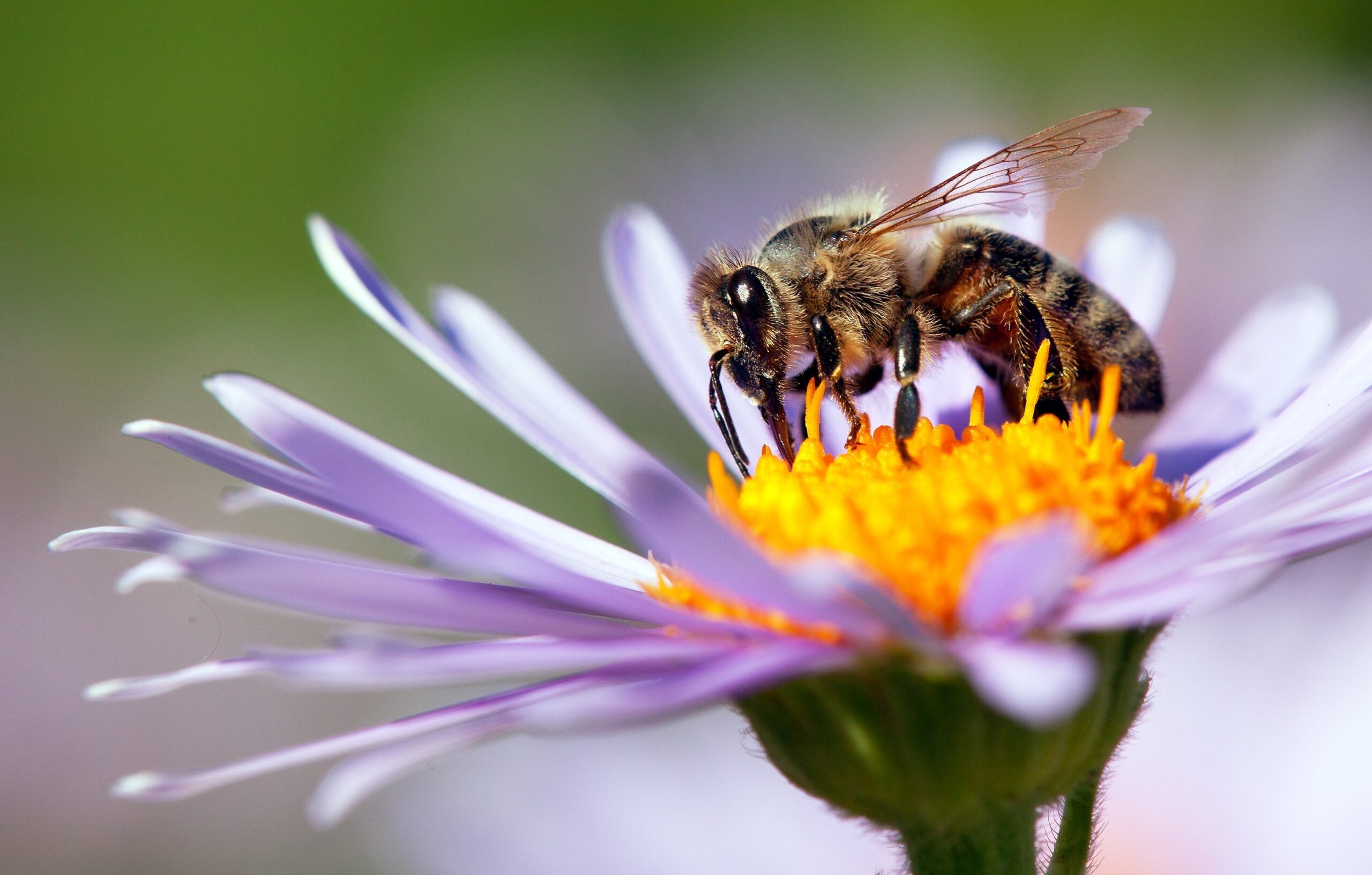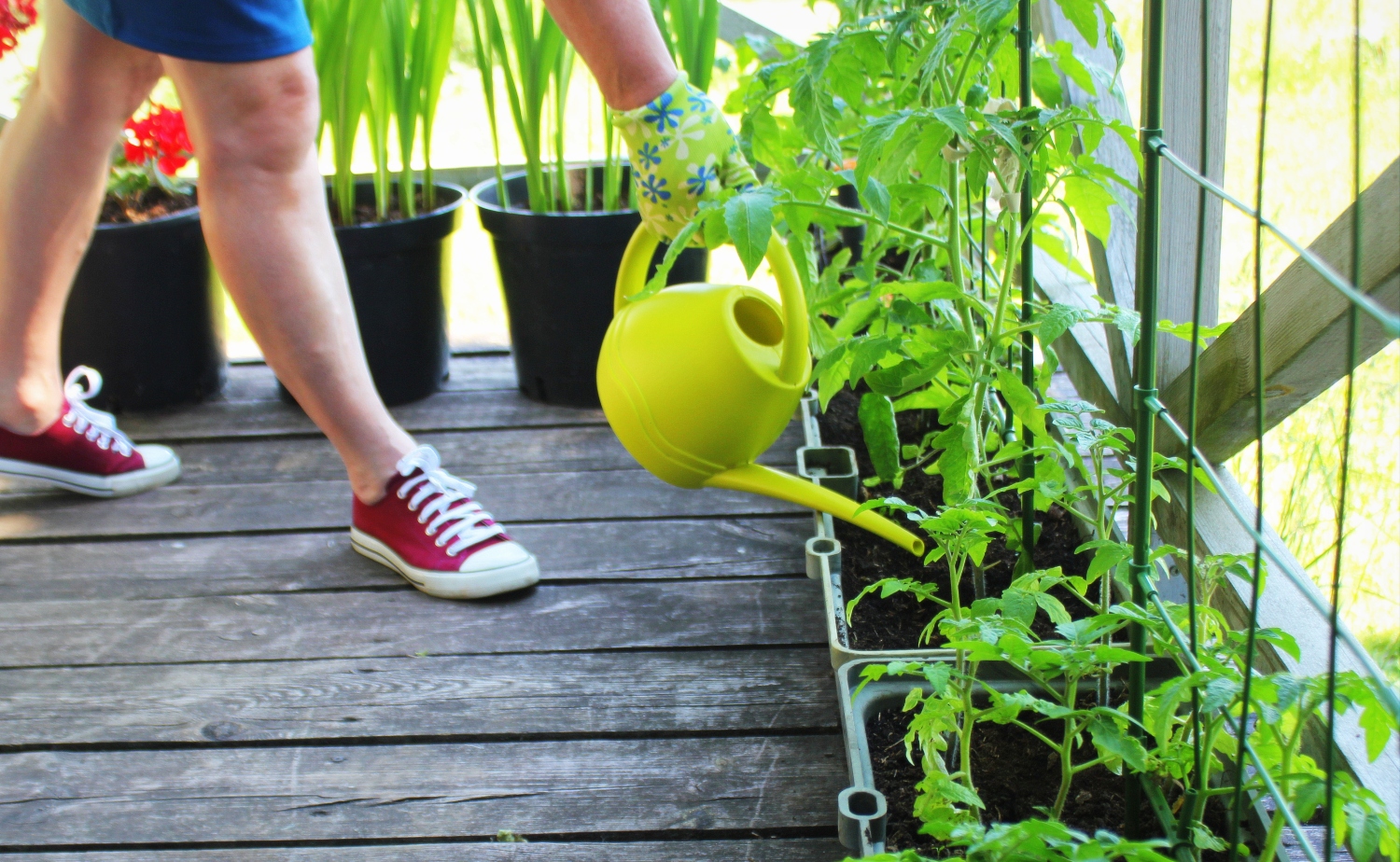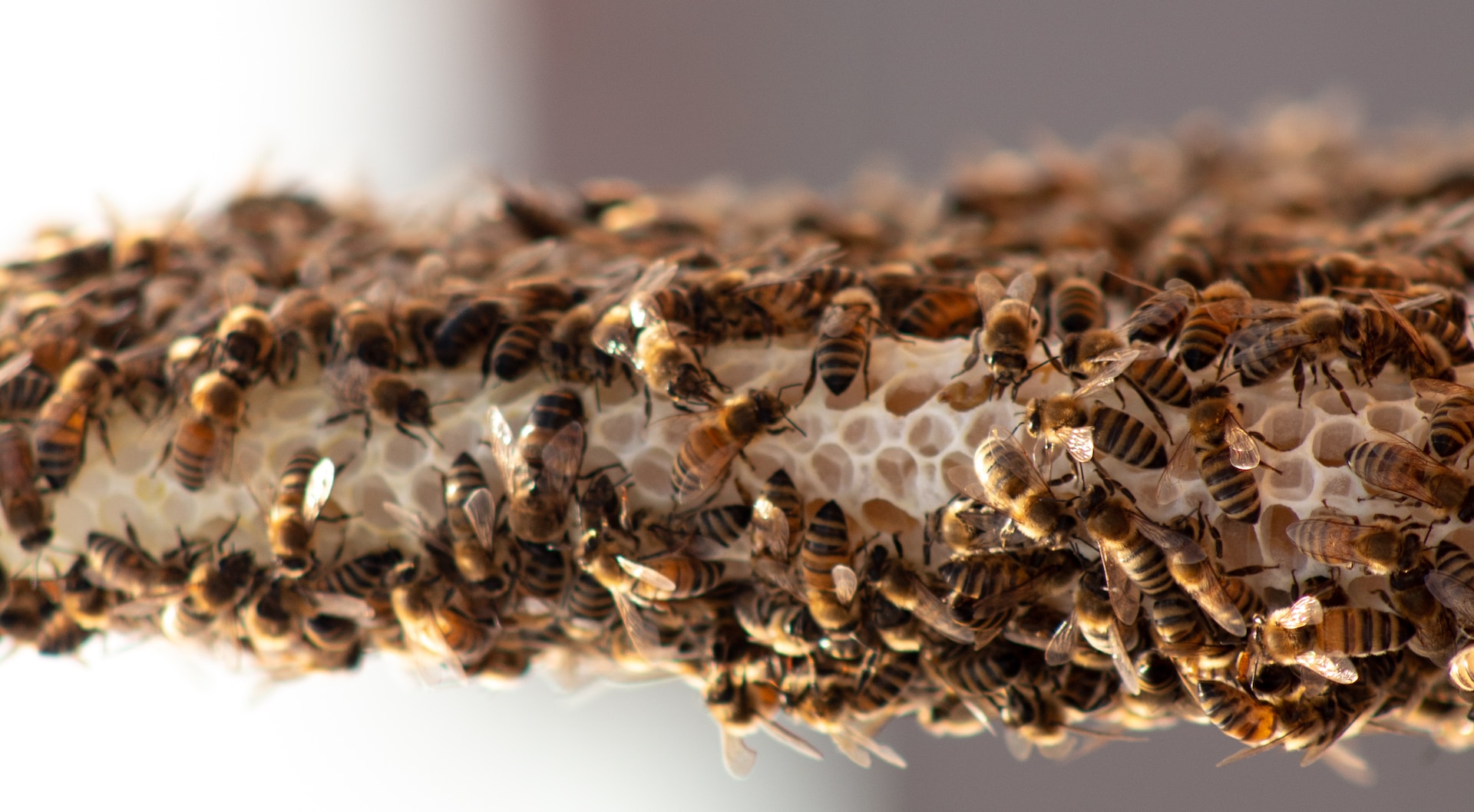There is no place in the Netherlands without honey bees. The industrious insects pollinate crops and produce honey. But they also compete with wild bee species in nature, of which over half are endangered. Is it time to restrict beekeeping?
Over two thousand beehives were positioned around the nature conservation area of the Biesbosch last year. With each hive housing between 20 and 50 thousand bees, this amounts to millions of bees. The nature managers fear that the honeybee competes with the wild bees, such as the critically endangered Sand-coloured carder bee. EIS Kenniscentrum Insecten, a consultancy agency for insect conservation, formulated recommendations for the placement of bee colonies in and around the reserve. EIS researcher Theo Zeegers: ‘We want to address the extremes, the large, commercial beekeepers, who travel across the country with truckloads of beehives. Beekeeping can be considered a form of livestock farming. Why would it not be subject to regulations similar to those imposed upon other types of livestock farming?’
The EIS recommends a maximum number of bee colonies per square kilometre and calls for a buffer zone around nature areas. Governments can enforce these regulations. The province of Zuid-Holland is considering a mandatory permit for beekeepers.
Never-ending story
David Kleijn, professor of Plant Ecology and Nature Conservation, agrees that commercial beekeeping is comparable to livestock farming, and he considers it undesirable in the nature areas. However, he opposes the suggested restrictions. Kleijn: ‘It is a never-ending story. If you solve the issue in the Biesbosch, a different nature area will be flooded with beehives. The keepers must be able to set up their hives somewhere. I call for inclusive solutions that take into account the larger issue: a lack of flowers outside of nature areas.’
Beekeepers and nature conservationists must collaborate to ensure there is sufficient food for all the bees, both honeybees and wild bees, throughout the year, says Kleijn. This can be achieved by increasing the supply of flowers in agricultural areas and public spaces. For honeybees, this is not all that difficult as they prefer plants that flower en masse. Kleijn: ‘Honeybees love a hectare of flowering rapeseed. If you plant a crop such as this just before the bees move into the winter period, you cater specifically to the honeybee. This would pull them away from the areas where the wild bees endeavour to fill the last of their nests.’
Flower mix
There are already farmers that sow mixed flower seeds in the margins of their fields to cater to bees and other pollinators. EIS’s Theo Zeegers is cynical: ‘This is basically a waste of money. The flower mix includes many exotic plants, which may be fine for honey bees, but not for their wild counterparts.’ Kleijn, too, feels that these colourful ‘festival mixtures’ are not helpful to wild bees but does see some advantages: ‘Initiatives such as these may well benefit honeybees in the agricultural areas. They should, however, not come at the expense of measures to benefit wild bees.’
If you consider beekeeping livestock farming, agricultural areas are a logical place for honeybees. But who is to pay for sowing the flower fields? For Kleijn, there is no doubt: ‘The beekeepers make money from the honey and from their bees pollinating crops. They should pay the bill.’

 Nature managers fear competiton honeybee with wild bees. Photo Shutterstock
Nature managers fear competiton honeybee with wild bees. Photo Shutterstock ![[The Proposition] ‘Only beekeepers are entitled to complain about the weather.’](https://www.resource-online.nl/app/uploads/2024/06/de-stelling-1817.png)

